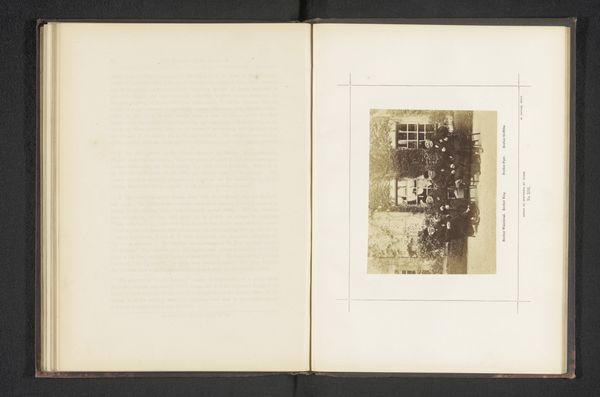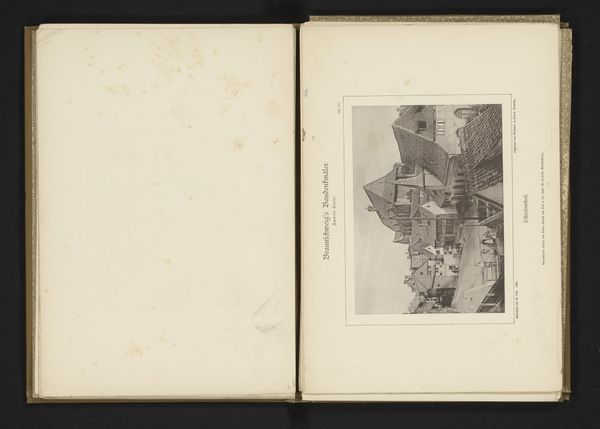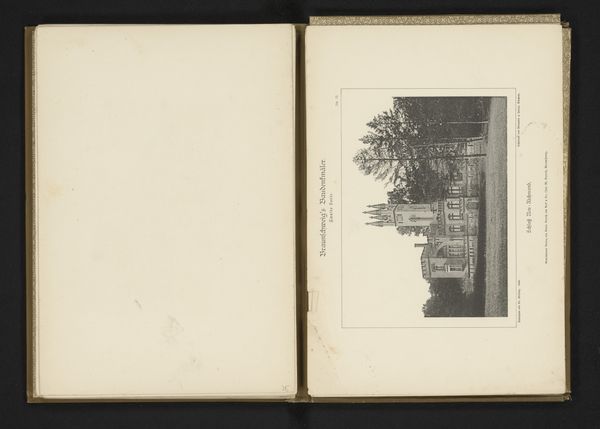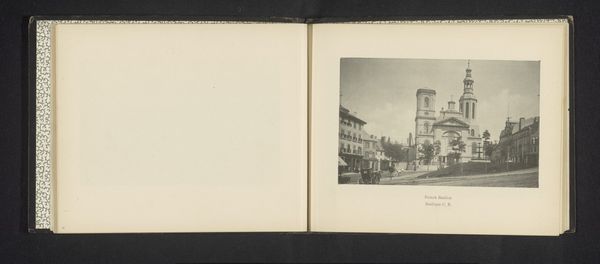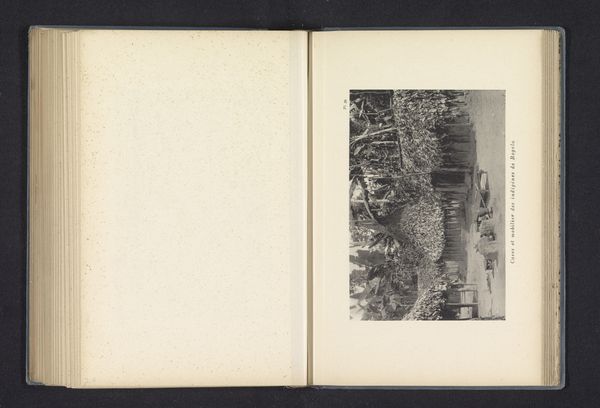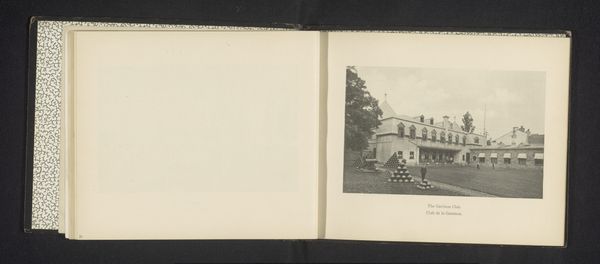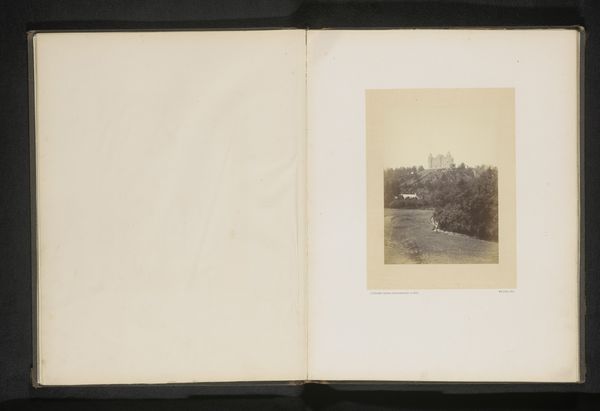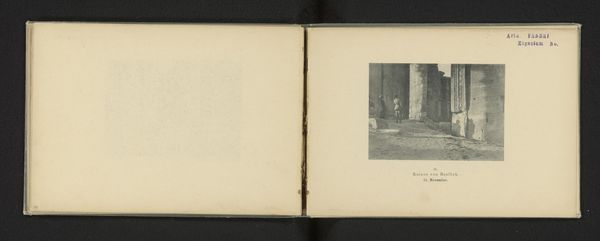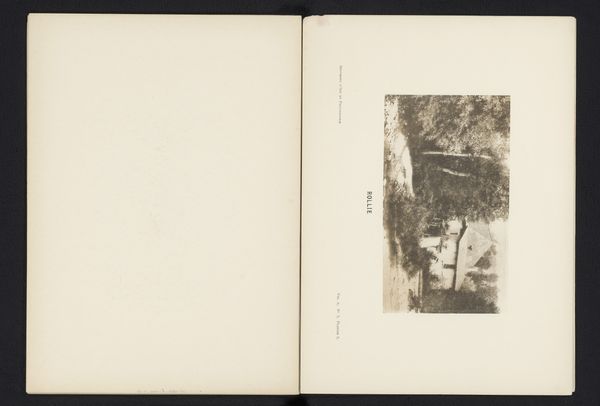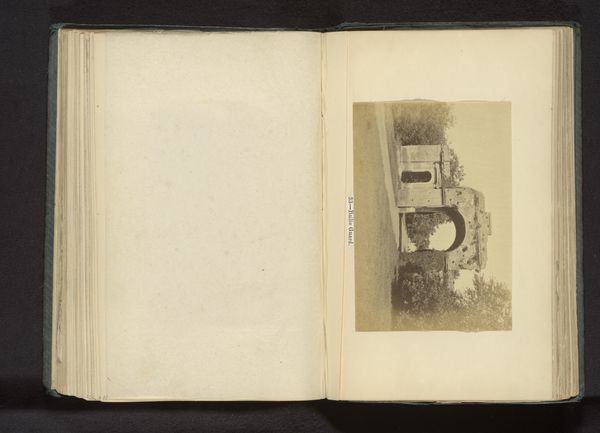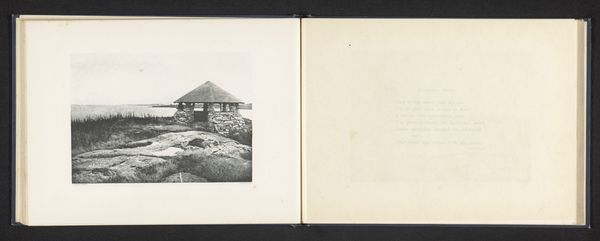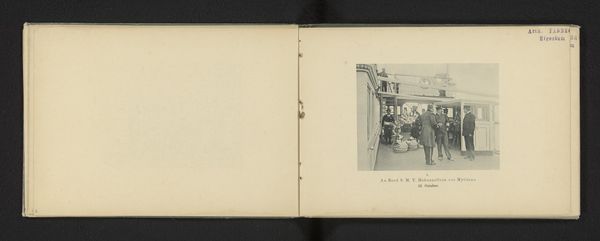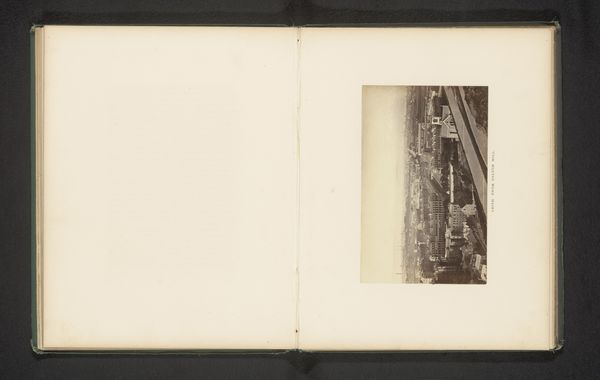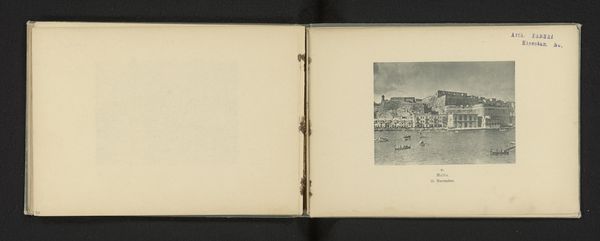
Gezicht op Oosterweel met verwoeste huizen na een ontploffing van een munitiefabriek in 1889 1889
0:00
0:00
print, photography
# print
#
landscape
#
photography
#
realism
Dimensions: height 120 mm, width 165 mm
Copyright: Rijks Museum: Open Domain
Curator: This is a fascinating photographic print by Henri Schleusner, created in 1889. It is titled "Gezicht op Oosterweel met verwoeste huizen na een ontploffing van een munitiefabriek in 1889," depicting Oosterweel with devastated homes following a munitions factory explosion. Editor: My first impression is bleak, yet composed. The grayscale lends an air of stark reality. I immediately notice the structural elements, the juxtaposition of standing walls against piles of rubble. It's almost a study in geometric forms interrupted by chaos. Curator: Indeed. Viewing it through a contemporary lens, it reflects themes of industrial disaster and its impact on civilian life, echoing the anxieties surrounding industrialization and war. I see it speaking to trauma, displacement, and societal vulnerability to corporate actions that are not properly regulated. Editor: But see how Schleusner uses the lines of the remaining buildings to guide your eye, and the way he contrasts light and shadow to create depth. The composition—though depicting destruction—remains strikingly balanced. It transcends mere documentation. I find the contrasting textures so evocative, especially that subtle grain from the print and the clear attempt to make the ruins seem…almost…painterly. Curator: I agree, and that balance offers space to reflect on power dynamics. It captures the event but invites reflection on the broader human cost often overlooked during that time. The absence of human figures amplifies that silent scream, emphasizing a shared narrative of working-class people whose lives and landscapes were violently altered due to industrialized warfare and production. Editor: Even if those figures aren’t present, it speaks volumes of what might have been at this event. Curator: In conclusion, Schleusner gives us a poignant snapshot of 19th-century society grappling with industrial change, a photograph which stands as a historical document open to current dialogues. Editor: Yes. It’s where formalism allows us to confront what really took place. To consider history, the structure, and the composition all speak to the true horror of that landscape, the remains of it all being right in front of you. It’s not enough just to discuss it, but how it makes one feel, as well.
Comments
No comments
Be the first to comment and join the conversation on the ultimate creative platform.
